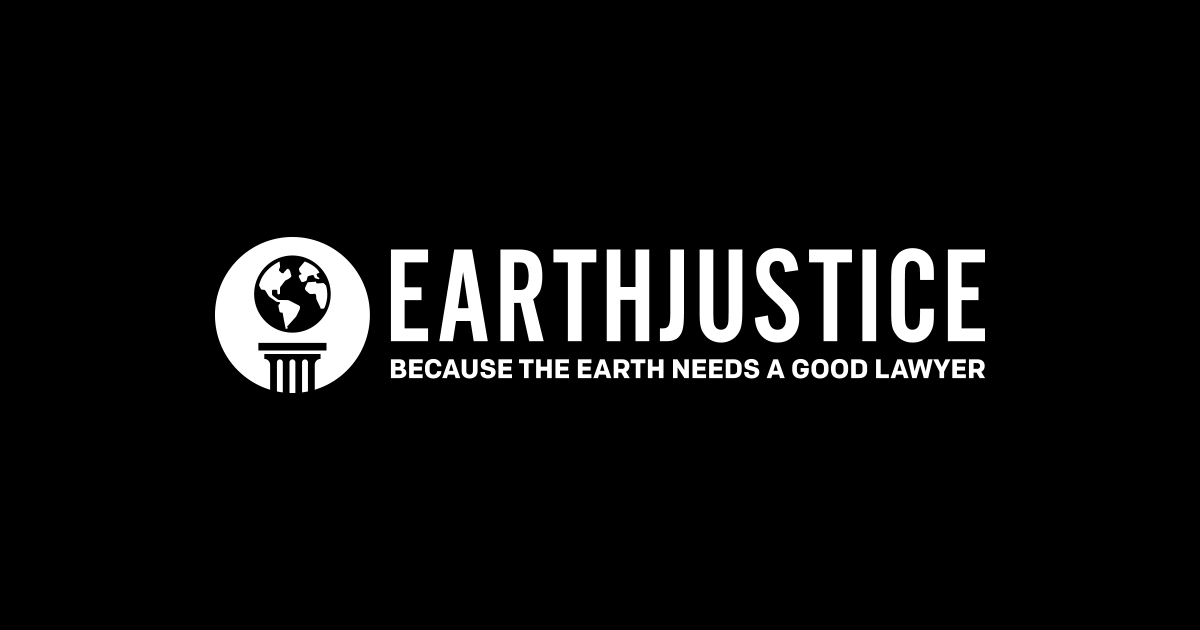
Threats to human health continue unabated in the Fairbanks North Star Borough, which has some of the worst fine particulate matter air pollution in the nation, with pollution levels spiking to more than twice the limit for healthy air. Friday, Citizens for Clean Air, Alaska Community Action on Toxics, and the Sierra Club sent notice of intent to sue the U.S. Environmental Protection Agency (EPA) for missing a fourth deadline in four years to address Fairbanks’s air pollution problem.
“The EPA has failed in its duties to protect the people of Fairbanks from fine particulate matter pollution,” said Jeremy Lieb, senior attorney, Earthjustice: “The air pollution problems have not improved since 2009, when state and municipal officials were first advised that soot and smoke levels in Fairbanks were unhealthy and dangerous.”
This will be the fifth time the groups have been forced to sue EPA in the past eight years to spur needed action to start cleaning up Fairbanks’s air.
“The EPA has failed the residents in the Fairbanks North Star Borough and the dangerously polluted air we breathe continues to put our families and community at risk,” said Patrice Lee, of Citizens for Clean Air. “The Clean Air Act is the law and we hold the EPA accountable for the ongoing health threats to our children, the elderly, the disabled, pregnant women and everyone who has a pre-existing condition, known or unknown. Fairbanks deserves better.”
“Our health is precious and everyone deserves clean air,” said Pamela Miller, executive director of Alaska Community Action on Toxics. “The air pollution that the people of Fairbanks are exposed to on a daily basis puts us all at grave risk. The EPA has delayed action for far too long and we are paying the price with our health.”
Background:
The type of fine particulate matter pollution prevalent in Fairbanks — 2.5 micrometers or less in diameter — has been found to cause a wide range of serious health problems, including asthma attacks, chronic respiratory disease, reduction in lung function, hospitalizations and emergency room visits for cardiopulmonary diseases, cancer, and even premature death. Fine particulate matter air pollution is of particular danger to children, reducing lung development, causing asthma, and impairing the immune system. The elderly and those with chronic disease also face heightened risks. Sources of fine particulate matter in Fairbanks include outdoor burning, wood- and coal-burning heating devices, automobiles and other vehicles, and industrial facilities like coal-fired power plants. The Federal Government recognizes the dangers that PM-2.5 exposure poses to the people of Fairbanks.
In 1997, EPA established a 24-hour National Ambient Air Quality Standard (NAAQS) for PM2.5 and made these standards more stringent in 2006. On November 13, 2009, EPA identified Fairbanks as a “nonattainment area” for the revised 2006 standard in a rule that became effective on December 14, 2009.
Since, Citizens for Clean Air, Alaska Community Action on Toxics and the Sierra Club have filed multiple suits — in 2014, 2016 and again in 2018 — to force the EPA to address Fairbank’s air pollution problems.
In May 2017, after over seven years of failure to achieve federal air quality standards in the Borough, EPA finalized a rule reclassifying Fairbanks from a “Moderate” to a “Serious” nonattainment area and setting the Borough’s attainment date as December 31, 2019. In light of this redesignation, Alaska was required to submit a new proposed “Serious” area State Implementation Plan (SIP) to EPA by December 31, 2017, and EPA was required to make a completeness determination regarding Alaska’s SIP submission. Following litigation initiated by Citizens for Clean Air, Alaska Community Action on Toxics, and Sierra Club to enforce these mandated actions, Alaska submitted a proposed SIP to EPA on December 13, 2019, and EPA issued a completeness finding on January 9, 2020.
In its proposed “Serious” area SIP, Alaska requested an extension of the Borough’s attainment date from December 31, 2019, to December 31, 2024 — the maximum allowable time limit. On September 2, 2020, EPA found that Alaska had failed to demonstrate attainment in Fairbanks by the 2019 deadline and denied the state’s extension request. EPA’s attainment-date extension denial triggered the requirement for Alaska to submit a revised SIP, subject to the even more stringent requirements by December 31, 2020.
Alaska submitted a revised SIP proposal to EPA on December 15, 2020. After EPA failed to make a completeness determination by June 15, 2021, the plan was deemed complete “by operation of law.” EPA was then required to issue an approval or disapproval of the plan as a whole by June 15, 2022. EPA still has not performed this nondiscretionary duty.
"severe" - Google News
August 01, 2022 at 10:52PM
https://ift.tt/F5gaXoK
Severe Human Health Risks Ongoing in Fairbanks as EPA Fails to Address Some of the Nation's Worst Air Pollution - Earthjustice
"severe" - Google News
https://ift.tt/5X6LrKt
Shoes Man Tutorial
Pos News Update
Meme Update
Korean Entertainment News
Japan News Update
Bagikan Berita Ini















0 Response to "Severe Human Health Risks Ongoing in Fairbanks as EPA Fails to Address Some of the Nation's Worst Air Pollution - Earthjustice"
Post a Comment